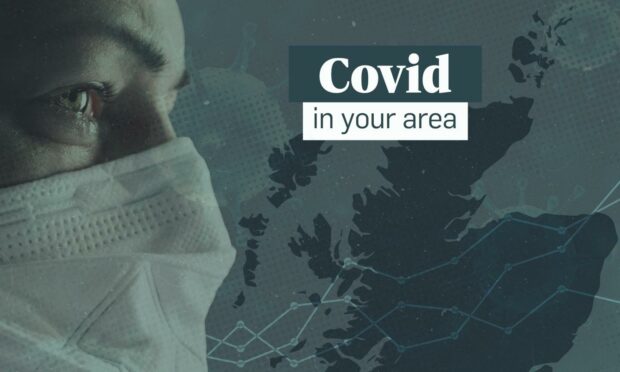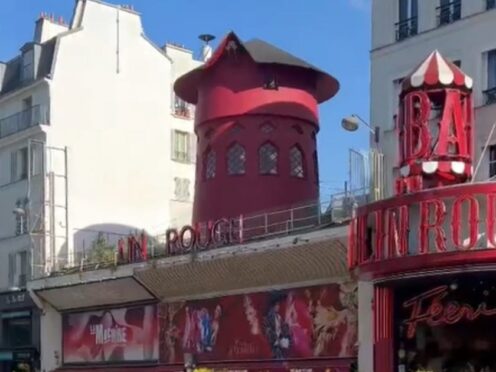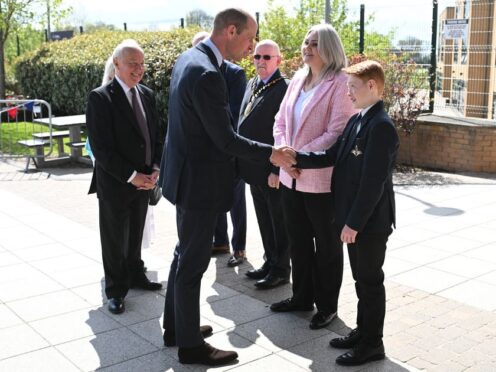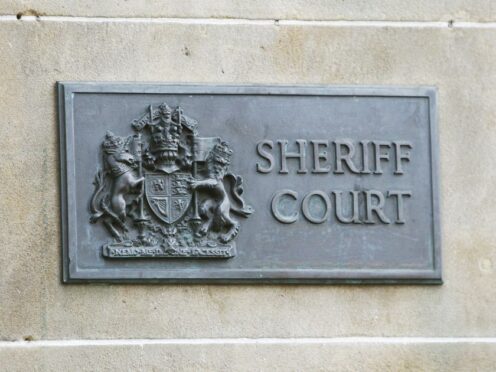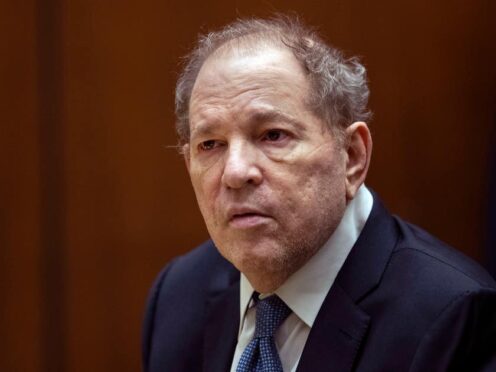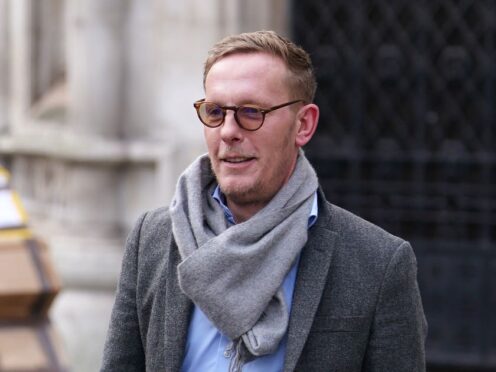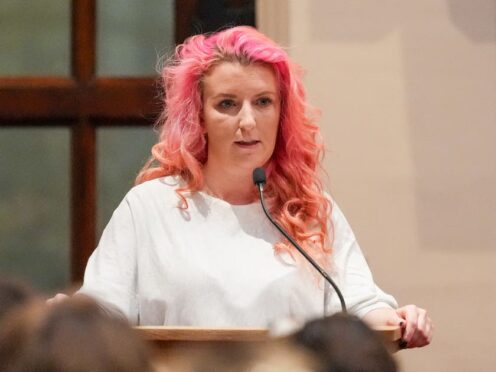Covid-19 cases are on the rise again as new variant Omicron is expected to take over as the dominant strain in Scotland.
This week booster jabs have been rolled out for 18-39-year-olds as the government urges people to take action to help stop the spread ahead of the festive holidays.
People are being urged to limit social gatherings where possible, as it is anticipated this strain of the virus is more transmissible than the current dominant strain Delta.
Our interactive maps below show the case rate by intermediate zone for Aberdeen, Aberdeenshire, Highland and Moray. The islands have not been included as case numbers tend to be very low and are often suppressed as a result.
Each intermediate zone (IZ), represents an area, quite often a neighbourhood, within each local authority.
Hovering over each area will give additional information including the population of each neighbourhood, how many positive cases have been recorded there in the past seven days, and the seven-day case rate per 100,000 population – a measure which is used to compare areas with different populations against each other to accurately track the spread of the virus.
Below includes details for case rates accurate as of December 13, which was the latest information at the time of writing, as this data is subject to a three-day lag in being uploaded by Public Health Scotland.
We have compared case rates to previous weeks to provide context about whether cases are rising or falling in your area.
We have also included information about the number of deaths in each area.
What are the case rates like in Aberdeen?
The map below shows each of the neighbourhoods in Aberdeen, where cases rates have increased compared to last week.
In Aberdeen, the three areas with the highest case rate per 100,000 of the population was Balgownie and Donmouth West, Kingswells and Denmore.
Balgownie and Donmouth West had a case rate of 793.22 per 100,000 population, with 29 positive cases in the past seven days out of a population of 3,656.
Kingswells had a case rate of 754.17 per 100,000 population with 47 positive cases in the past seven days out of a population of 6,232.
Meanwhile Denmore, the third highest area, had a case rate of 743.78 per 100,000 population with 29 Covid-19 cases in the week period out of a population of 3,972.
What are the case rates like in Aberdeenshire?
The map below shows each of the neighbourhoods in Aberdeenshire. Case rates have improved in some areas, however risen in others.
The three areas in Aberdeenshire with the highest case rates in the past seven days was Balmedie and Potterton, Westhill North and South and Newmachar and Fintray.
Balmedie and Potterton had a case rate of 752.3 per 100,000 population, with 40 positive cases out of a population of 5,317.
Meanwhile, Westhill North and South had a case rate of 726.2 per 100,000 population with 37 positive Covid-19 cases out of a population of 5,095, and Newmachar and Fintray recorded a case rate of 682.51 per 100,000 population – 29 positive cases in a popuation of 4,249.
One area in Aberdeenshire, East Cairngorms, is showing as suppressed this week, which means it has had between zero and two cases in the past seven days.
What are the case rates like in Moray?
The map below shows each of the neighbourhoods in Moray.
In Moray, the three neighbourhoods with the highest case rates were Buckie Central East, Rafford, Dallas, Dyke to Dava and Elgin Central West.
Buckie Central East had a case rate of 980.39 per 100,000 population, with 33 positive cases in a population of 3,366.
Rafford, Dallas, Dyke to Dava had a lower case rate of 789.41, with 34 Covid-19 cases in the past seven days out of a population of 4,307.
Meanwhile, Elgin Central West recorded a case rate of 717.31 per 100,000 population, with 22 positive cases in a population of 3,067.
What are the case rates like in the Highlands?
The map below shows each of the neighbourhoods in the Highlands, where some case rates have improved on the previous week.
The three highest neighbourhoods in the Highlands with the greatest case rates per 100,000 population were Caithness South, Muir of Ord and Inverness Central, Raigmore and Longman.
Caithness South is also one of the top 10 areas in Scotland with the highest case rates – placing eighth. It had a case rate of 1320.69 per 100,000 population, with 39 positive cases in a population of 2,953.
Muir of Ord also had a high case rate, with 1,231.8 per 100,000 population. It recorded 44 positive cases in a population of 3,572 in the past seven days.
Meanwhile, Inverness Central, Raigmore and Longman had a slightly lower case rate of 870.23 per 100,000 population, with 34 recorded positive cases in a population of 3,907.
However, several areas in the Highlands have suppressed data this week, between zero and two cases positive cases in the previous seven-day period.
These include Lochalsh, Skye South, Skye North West, Wick South, Caithness North East and Thurso East.
Deaths by neighbourhood
The map below shows the number of deaths in each neighbourhood across Scotland, and the death rate per 100,000 population.
No neighbourhoods in the north or north-east feature in the areas with the highest death rates in Scotland, per 100,000 population.
Invergordon, which has a population of 4,373, is the highest in the area, with a death rate of 731.76 per 100,000 population – and has recorded 32 deaths.
A number of neighbourhoods in the north-east have suppressed data, which means there have been between zero and two deaths, and as a result data has been suppressed to protect confidentiality.
This includes Cove South in Aberdeen City, Newtonhill, Blackburn, Garlogie and Elrick and Huntly in Aberdeenshire.
In the Highlands, this includes Lochaber West, Inverness Hilton, Inverness Drakies, Lochalsh, Skye North West, Ross and Cromarty South West, Ross and Cromarty North West, Black Isle North, Sutherland East, Caithness North East and Thurso West.
In Moray, areas with less than two deaths include Heldon West Fogwatt to Inchberry, Lhanbryde, Urquhart, Pitgavney and Seaward, Findhorn, Kinloss and Pluscarden Valley. In Orkney the East Mainland area had suppressed data, as did North and East Isles in Shetland.
